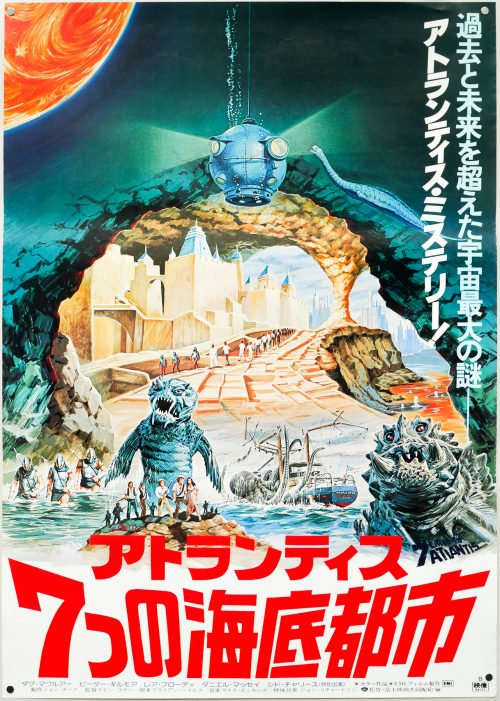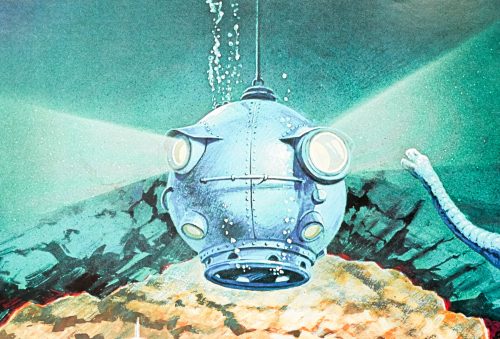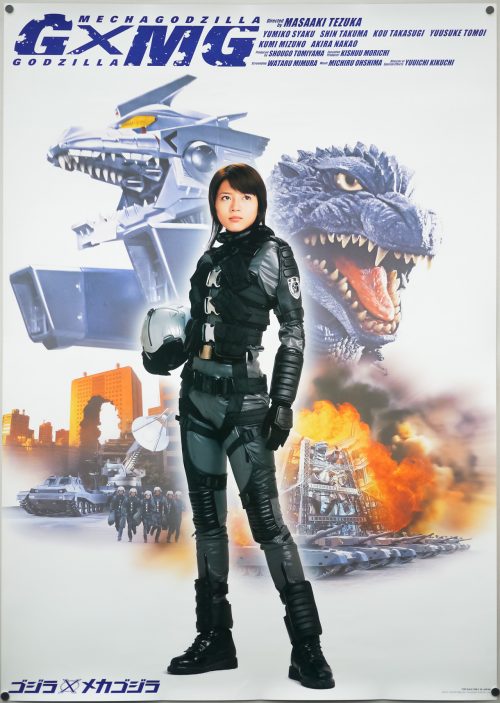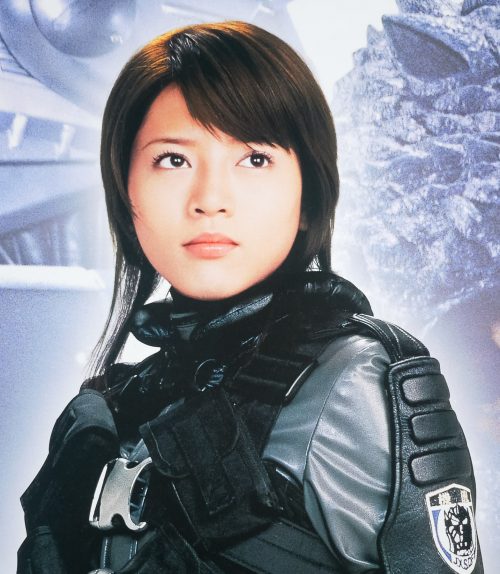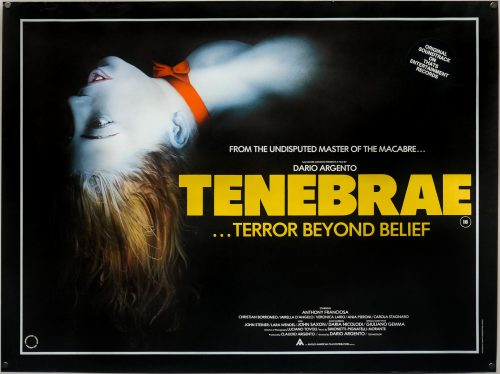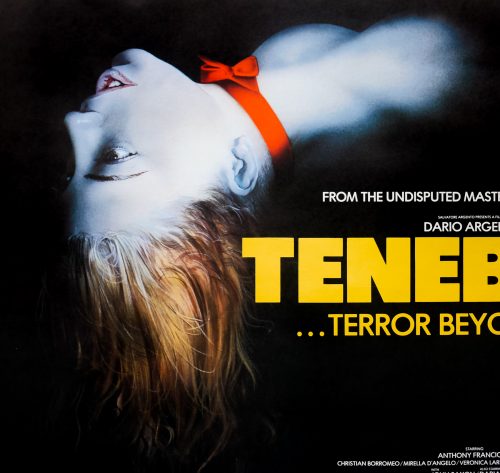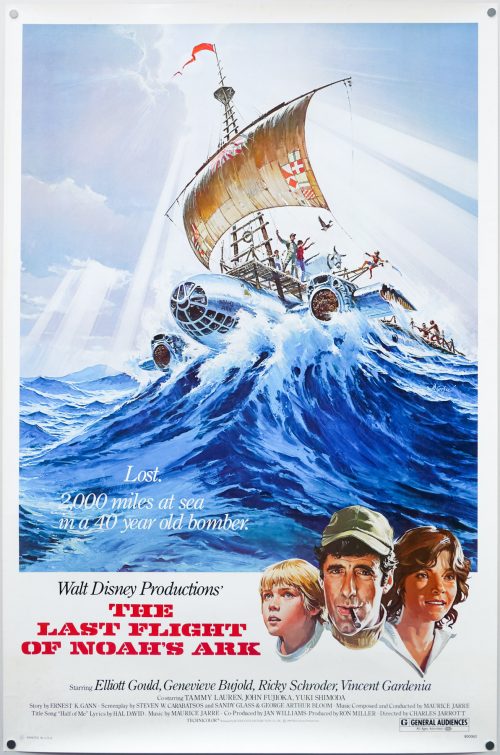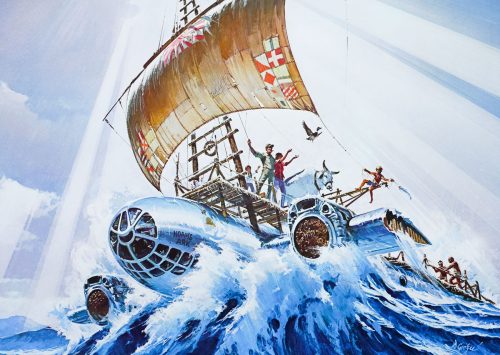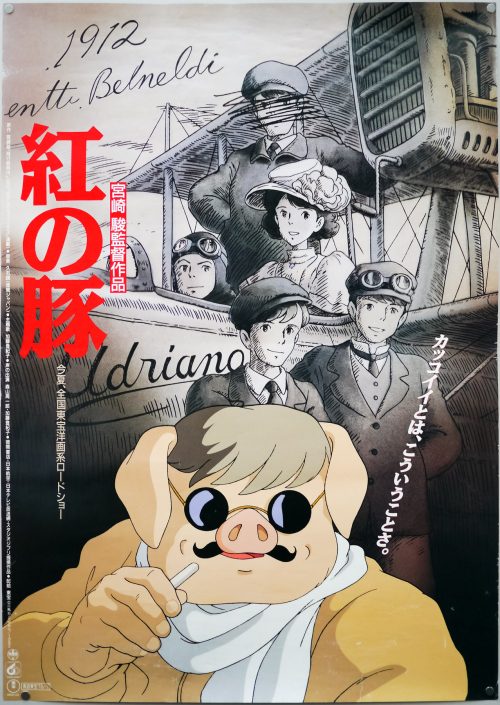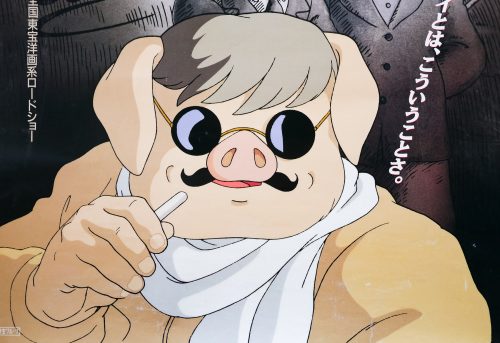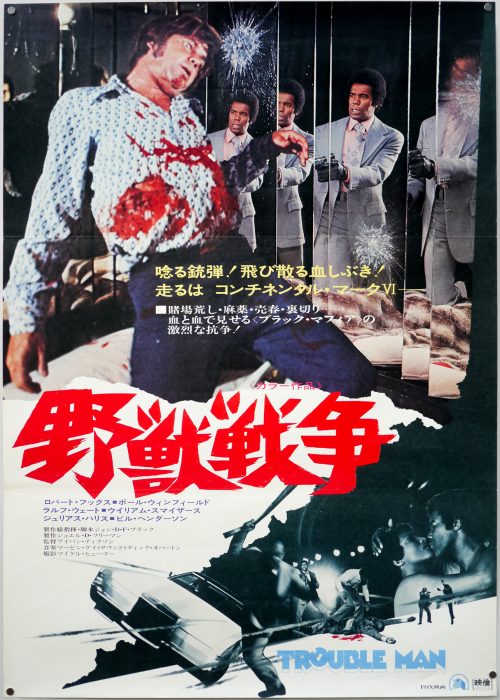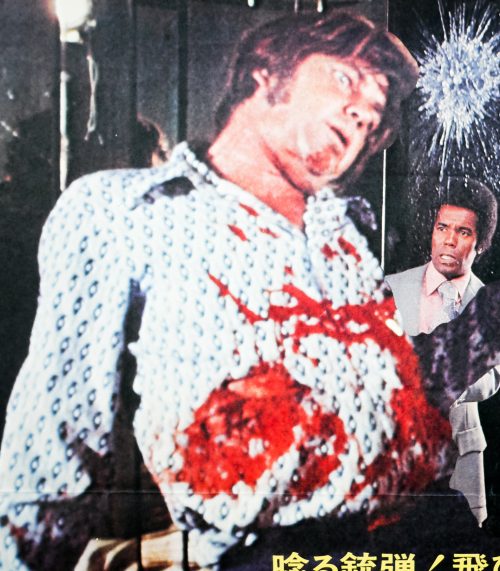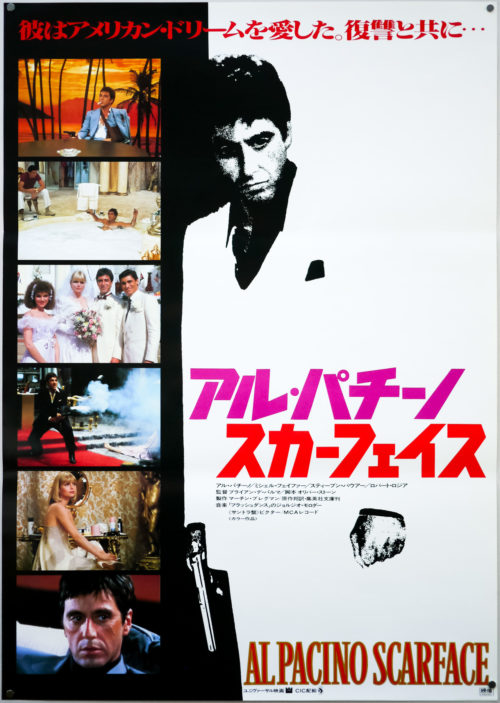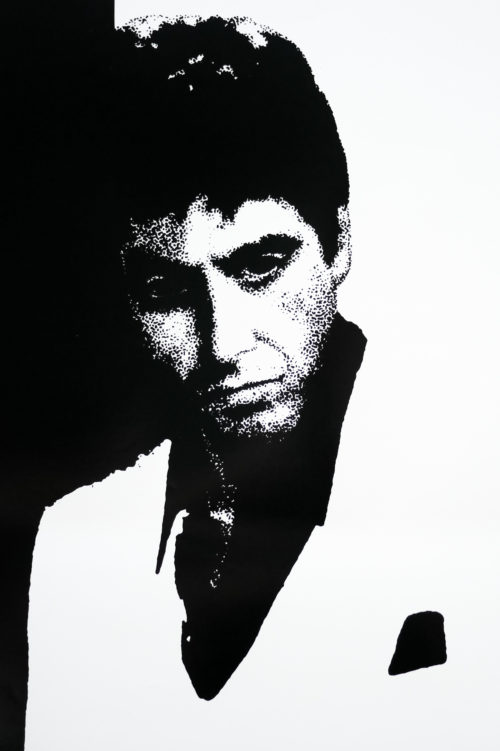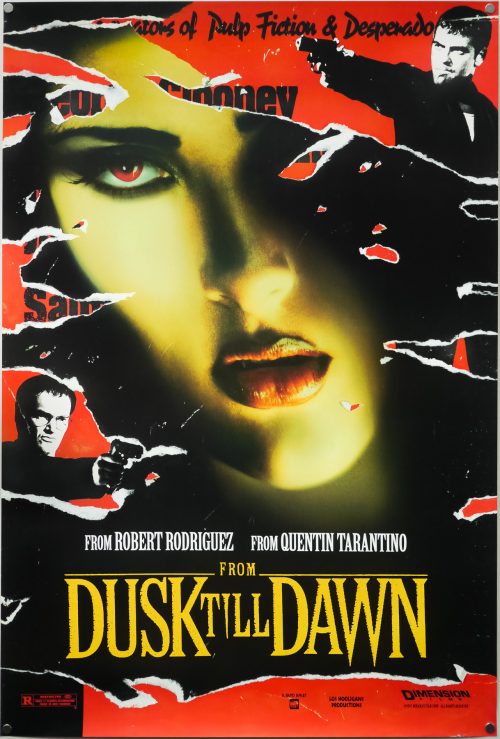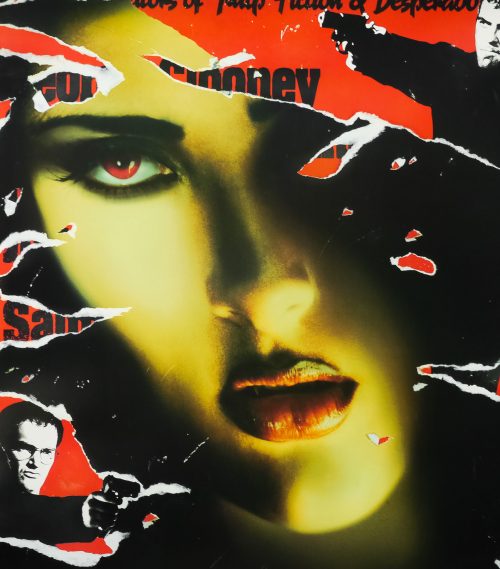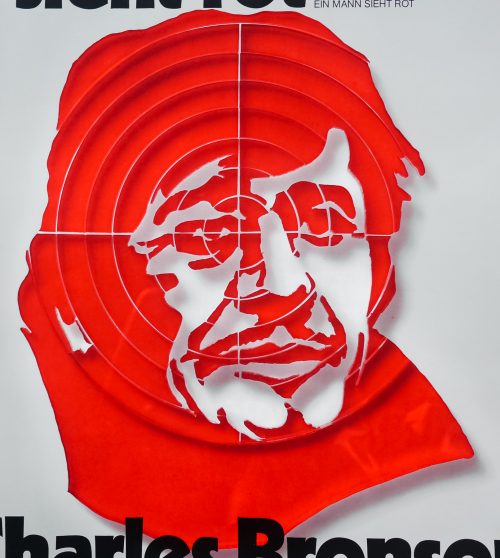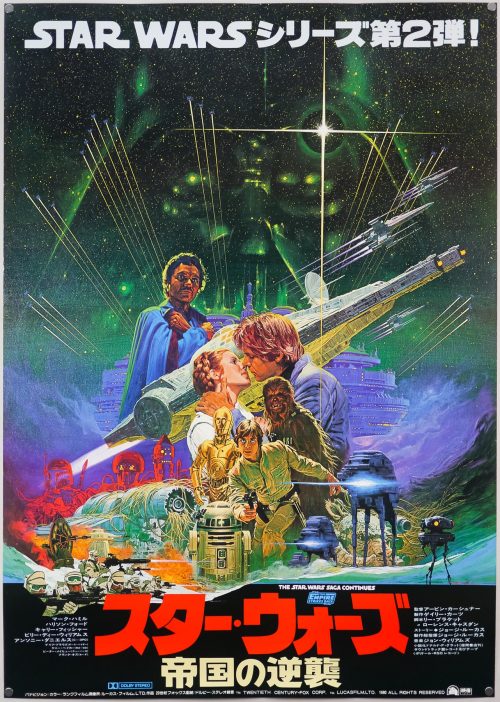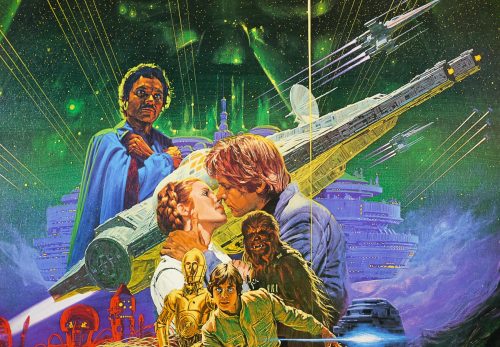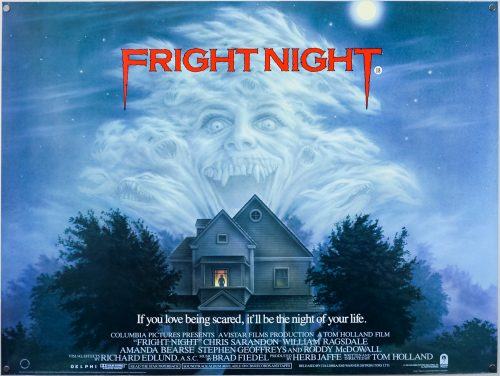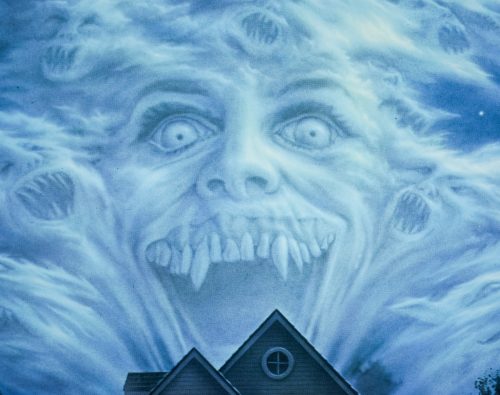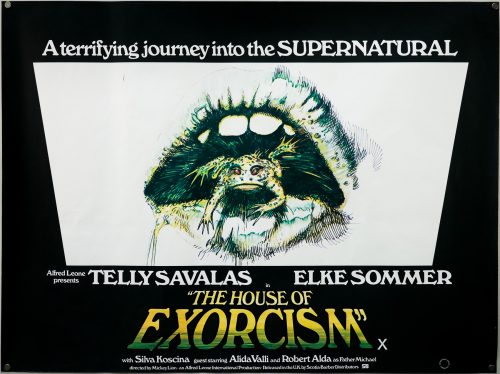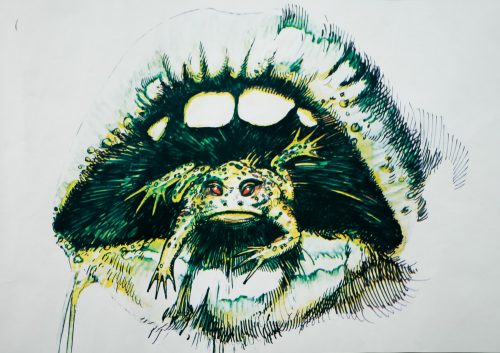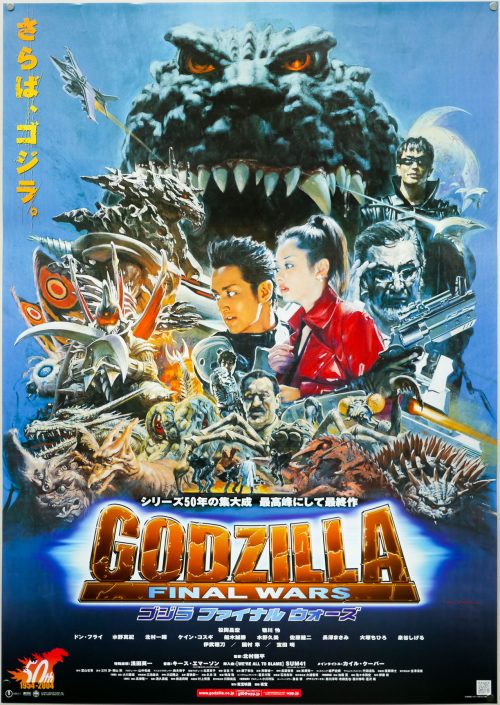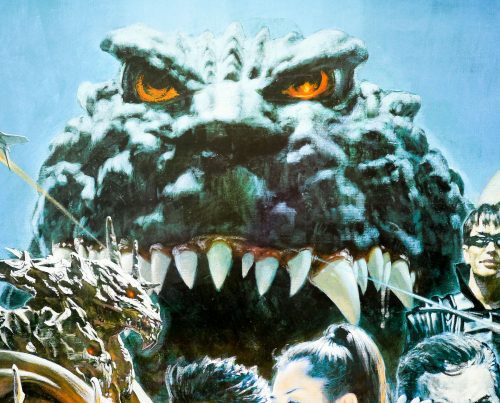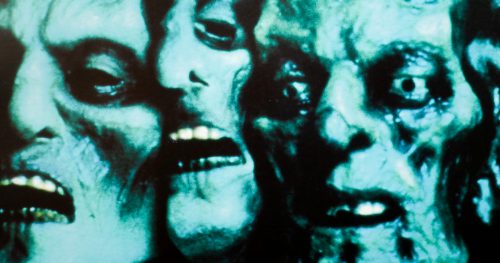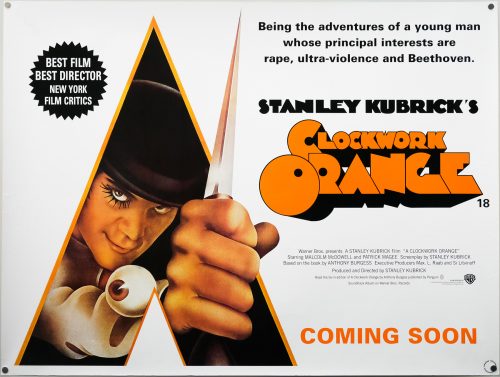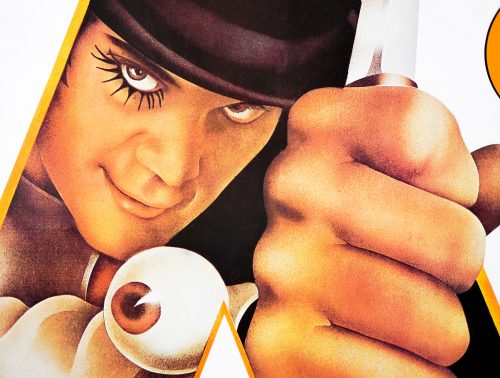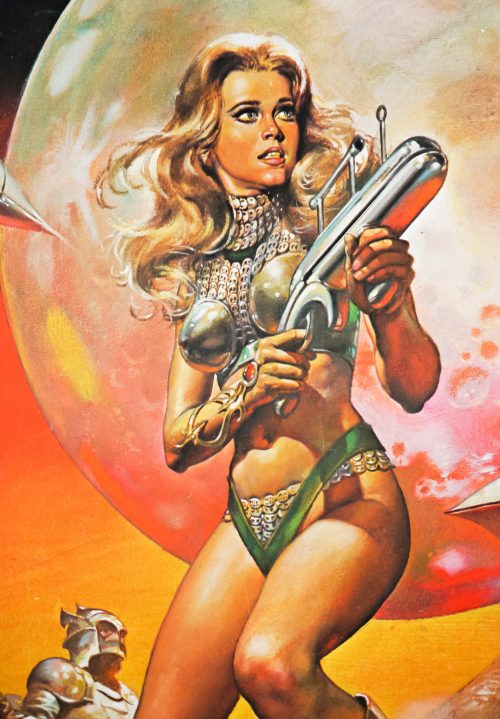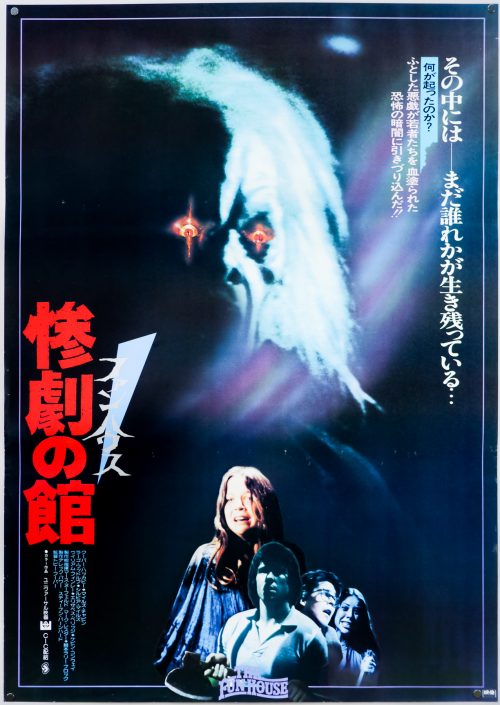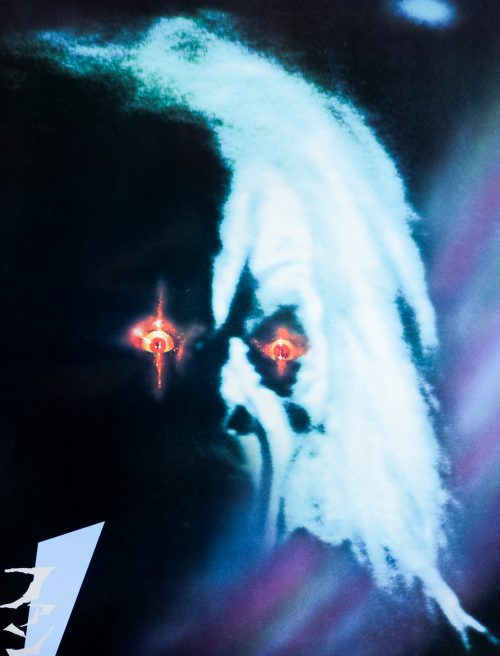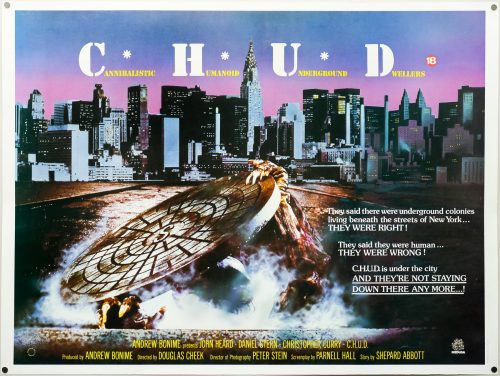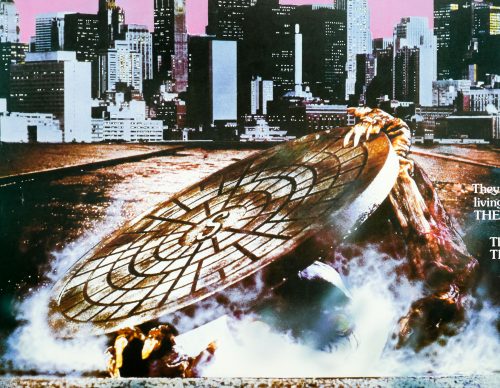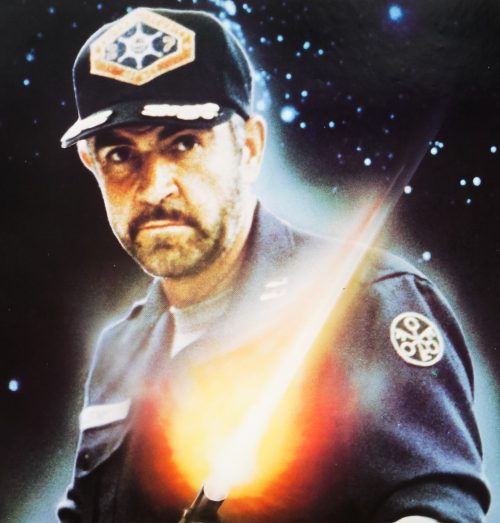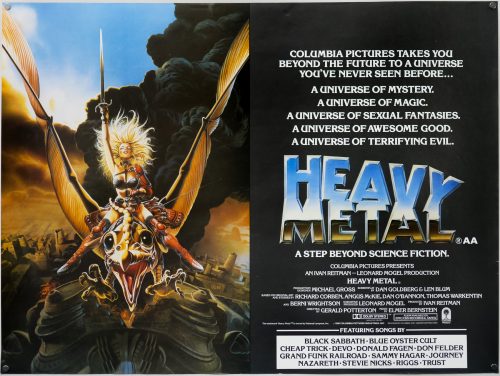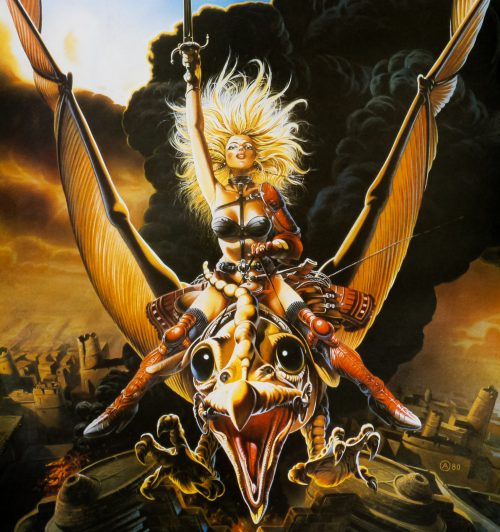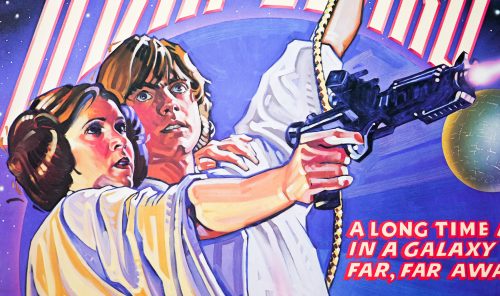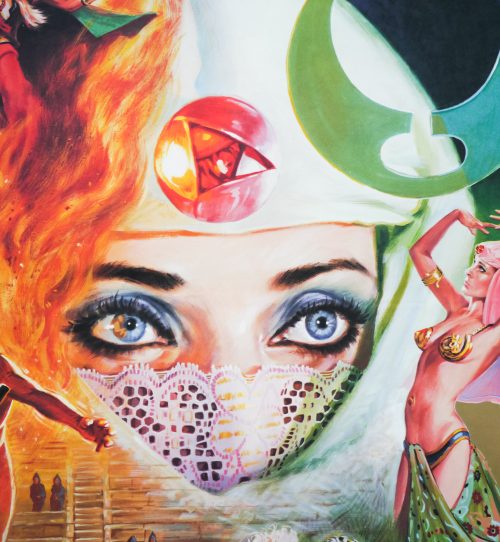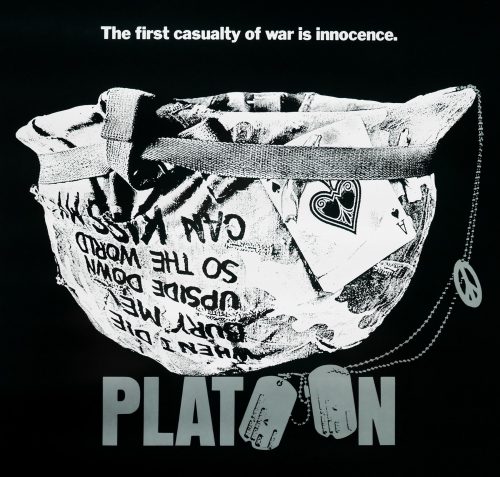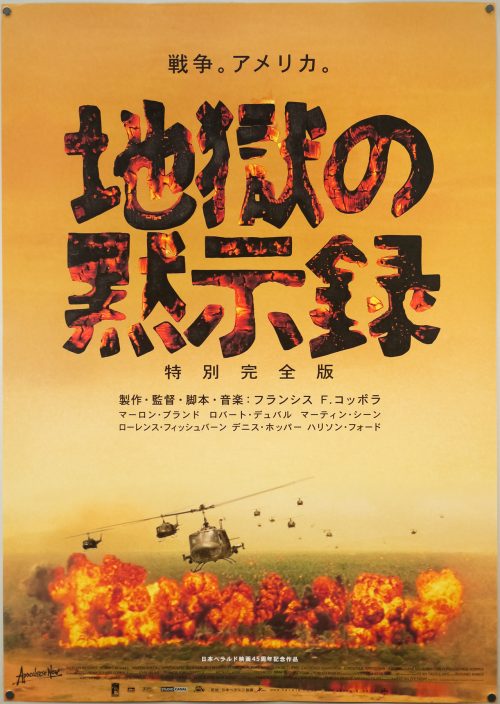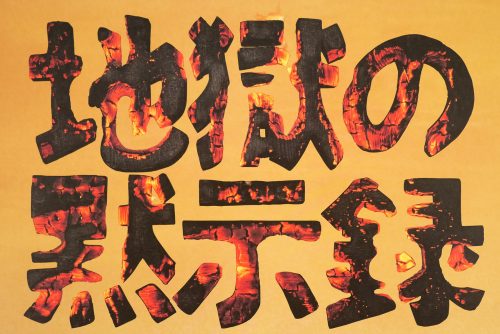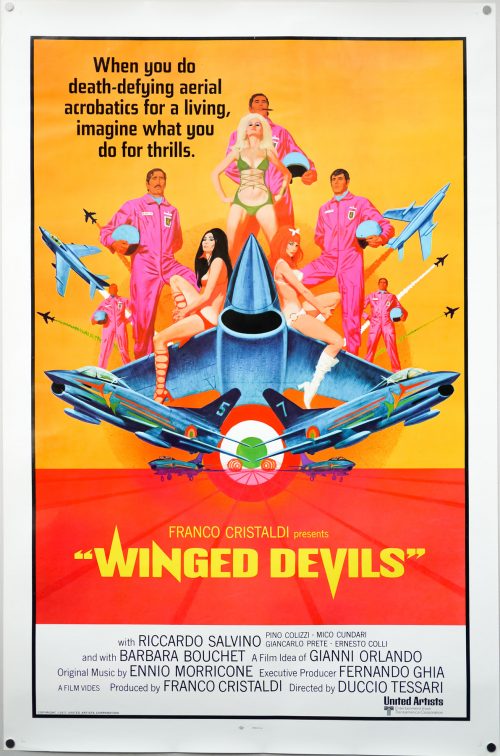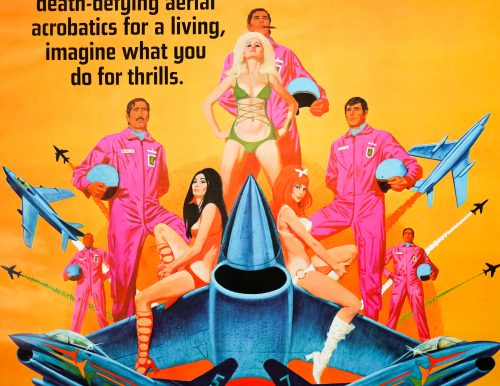- Title
- Warlords of Atlantis
- AKA
- 7 Cities to Atlantis (Japan - English title) | Warlords of the Deep (USA)
- Year of Film
- 1978
- Director
- Kevin Connor
- Starring
- Doug McClure, Peter Gilmore, Shane Rimmer, Lea Brodie, Michael Gothard, Hal Galili, John Ratzenberger, Derry Power, Donald Bisset
- Origin of Film
- UK
- Genre(s) of Film
- Doug McClure, Peter Gilmore, Shane Rimmer, Lea Brodie, Michael Gothard, Hal Galili, John Ratzenberger, Derry Power, Donald Bisset,
- Type of Poster
- B2
- Style of Poster
- Style B
- Origin of Poster
- Japan
- Year of Poster
- 1978
- Designer
- Unknown
- Artist
- Seito
- Size (inches)
- 20.5" x 29"
- SS or DS
- SS
Warlords of Atlantis was the fourth and final entry in a series of British sci-fi/fantasy b-movies that were directed by Kevin Connor and starred the prolific American actor Doug McClure, known for his hammy leading man performances (McClure was one of the inspirations for The Simpsons’ Troy ‘You may remember me from…’ McClure). The series began with The Land That Time Forgot in 1975 and continued with At the Earth’s Core (1976) and The People That Time Forgot (1977). The initial three were shepherded through production by Max Rosenberg and Milton Subotsky’s Amicus Productions, which was based at Shepperton studios and is perhaps best remembered for its series of portmanteau horror films. By the time Warlords of Atlantis was released the company was almost defunct and so EMI Films stepped in and produced it, utilising many of the same cast and crew as the previous films.
The story is typically ludicrous and the film begins with a red hot meteorite crashing into the earth’s ocean during the title sequence. The film then moves to a large boat floating out at sea at the end of the 19th century with an English archaeologist Professor Aitken (Donald Bisset) and his son Charles (Peter Gilmore) onboard. The pair have chartered a crew, led by engineer Greg Collinson (McClure), to take them out to a spot in the ocean where they plan to use a diving bell to explore the ocean floor for reasons unclear. When Charles and Greg travel below the surface the craft is attacked by a (very rubbery) prehistoric sea monster, which they manage to fight off before discovering a strange gold statue.
After the statue is sent up to the ship, three of the crew members decide they want to keep it for themselves and set about sabotaging the mission by cutting the line to the diving bell and shooting the professor. Suddenly a giant octopus attacks the ship, grabbing the crew members and dragging them under, before collecting the diving bell and depositing them all in a mysterious undersea chamber. The group are greeted by Atmir (Michael Gothard looking like an electro-band reject) who explains that Atlantis is not a myth and that it is in fact comprised of seven cities, some of which are crumbling ruins thanks to attacks from huge creatures. After leading the group to the fourth city Vaar, most of the crew are thrown in to prisons but Charles is granted an audience with the Atlantean king and queen, which is where their true origins and intentions are revealed.
Whilst everything moves with a decent pace the story is more than a bit garbled and the low-budget is stretched to breaking point in several scenes with some terrible matte paintings illustrating the point. The creature work in particular is mostly of the low-grade variety, although the giant octopus scenes are relatively well done and some elements of the production design are very successful (the diving bell is great, for example). The acting is mostly good, whilst obviously of the b-movie variety, with McClure and Gilmore both being eminently watchable and the score by Michael Vickers deserves special mention. Despite its obvious shortcomings, Warlords of Atlantis is still a very enjoyable film and marked a decent end to the run of films from Connor and McClure.
The artwork on this Japanese B2 is by Seito, one of my favourite Japanese artists who was responsible for several fantastic illustrated posters during the 1970s and 1980s. Little is known about the man himself, even in his native country. To see the other posters I’ve collected by him click here.
